|
Another repost from Bill Caraher.
This past week I enjoyed a nice set of papers at the annual School of Graduate Study’s Scholarly Forum here at the University of North Dakota. I was, however, struck by some trends in the graduate student papers that I did not particularly find useful. My papers tend to conform loosely to a template and some folks have nudged me to write a bit on my template and my general critique of conference papers in my blog. I am not super excited about writing such a pedantic post, but I’ll do it anyway. As always, if you do it some other way, have differing opinions, or just want to hate on me, the comments are open. So, here are five rules for any graduate student giving a paper at a conference: 1. Read your paper. There are three reasons for this. First, it is tremendously difficult to present a complex argument from short notes. Complex arguments rely on a certain amount of intellectual and rhetorical rigor that is typically foreign to a conversations style of speaking. Second, if you have rather extensive notes, one gains little advantage from reading them. If you have extensive notes, might as well write out the entire paper. Finally, people at academic conferences are not there – in general – to be entertained. We’re there to hear sophisticated arguments. If someone in the audience is bored because your presentation style is boring, then they aren’t doing it right. Present a good argument and no one will be bored. 2. No More than Five Words on a Powerpoint Slide. My policy is to avoid the dreaded “Powerpointer” whenever possible. In fact, I’ve given it up for Lent this year. I’ve never quite understood the practice of putting words on a Powerpoint slide that are the same as the words you are reading in your paper. At best, it encourages us to ignore you; at worst it is a distraction. Use The Powerpointer for images that help advance your argument. If images are unnecessary, then skip The Powerpointer and force the audience to focus on your text. 3. Thesis. Provide your thesis within the first 2 minutes of your paper (or in the first 10% of your content). If I have to wait 5 minutes or more to figure out what you’re arguing, then I have lost interest. Your thesis should be supported by historiography or a literature review. As soon as you tell me your thesis, tell me why I should care. My rule is: drop your thesis within the first 2 minutes and then spend the next 2 minutes contextualizing your argument. For a 1500-2000 word paper, it should be 200 words for an introduction concluding with a thesis and no more than 300 words on the secondary literature supporting your thesis. 4. Use a Case Study. I am guilty of trying to say everything that I have ever thought on a topic in a 15-20 minute paper. While these papers stand as personal monuments to my brilliance (cough, cough), they are usually pretty rough on the audience. Recently, I have tried to focus my papers by using a single case study or single, focused argument. I try to keep the case study to around 1000 words and leave a couple hundred words for a conclusion that will relate my single argument or case study to a larger body of evidence. 5. Chose your Last Sentence Carefully. I just discovered this very recently (and in part it is a product of blogging because I never know how to end a blog). A nice, final sentence tells the audience and the moderator that your argument is now done. It avoids the dreaded “that’s all I have to say”, awkward conclusion moment. It also gives the audience something to remember from your paper and gives you one last chance to exude confidence before people begin to pepper you with questions. I know everyone has their own style. In fact, when other people have delivered papers that I wrote, I’ve been told that my somewhat Billtastic style comes through. And I also realize that adhering to a rather formal template can imply that an argument resides – somehow – outside the text (rather than being coterminous and intrinsic in the text). I also know that some disciplines love The Powerpointer more than knowledge itself and so my somewhat primitive attitude toward The Powerpointer probably reflects my rather conservative disciplinary leanings. My post is meant mainly to offer some practical tips to students as try to figure out how to present their research at academic conferences. That’s all I have to say.
0 Comments
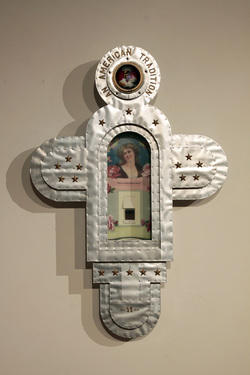 Formation Matters takes its name from a simple, but evocative play on words. If taken literally, the phrase suggests the relevant topics or concerns relating to formation. Rhetorically however, the phrase implies the overall importance of formation. In a third turn of the phrase, it also hints at the substance or physicality of the artists’ creations through which viewers engage the initial two turns of the phrase.* This plurality of meaning allows for the same in the directions of work chosen for the exhibit. While all the artwork in some way deals with memory and tradition, it also embodies a variety of conceptual approaches. Both Donovan Widmer and Patrick Luber investigate the dynamic and formative relationships between religion and culture. Whereas Katelyn Reiter and Mary Kocal explore the power of family narratives within their own lives. My own work, and that of Cherith Lundin, raises questions about the ambiguities and possible loss of traditions. Micah Bloom’s recent work on the 2011 Minot flood haunts the space between these two positions as a metaphor by regarding his childhood formation and the passing of the paper book. Additionally, while all artists work from particular traditions and influences, be it media or school, John Kaericher’s work often makes explicit visual ties to his mentors. In these ways, the exhibit offers another voice into the conference conversations. Building around the theme of Teaching Theology and Handing on the Faith, the exhibition is rooted in the belief that the visual arts can be remarkable catalysts within these conversations, as well as profound symbols and mediations of the Divine. While the church has historically drawn upon the devotional and didactic potential of art, the engagement and contemplation of contemporary art allows divergent points of affirmation and provocation of its traditions. *The beginning is a modification of Liz Well's introduction to her wonderful text, Land Matters 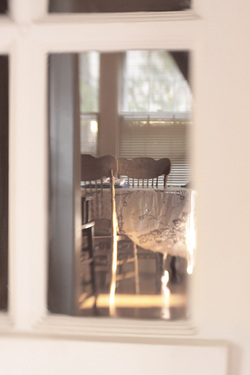 One of the courses I am teaching is the advanced photo class. Its a small group...all women. For our our first assignment I asked them to document their life in whatever style they photograph in. I had several intentions with this. First, I was curious what they would come up with. Secondly, it is hard to step into someones artistic development without having seen much of their work and be able to give much helpful advice or critique. Thirdly, not only was the project intended to help me become acquainted with their work, but also them as students and perhaps, depending upon how honest they are, the complexities of their lives. After giving the assignment, I thought that I was in somewhat of an interesting place to do the same thing. The work is intended to highlight in someway my current existence...living in Minot with a family during the week and at my own apartment with my wife on the weekends. |
Ryan StanderArchives
January 2018
Categories
All
|
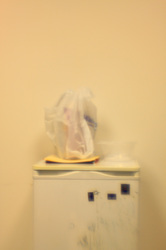
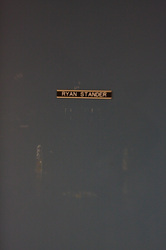

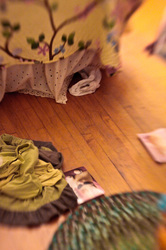

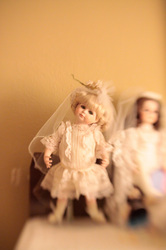
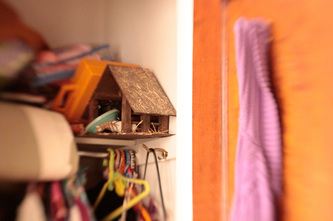
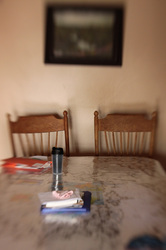
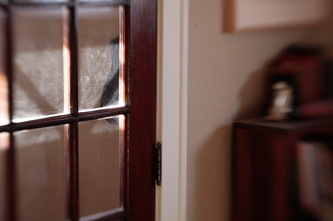

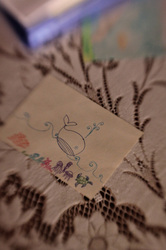

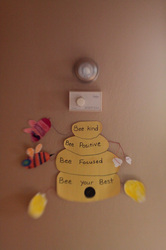
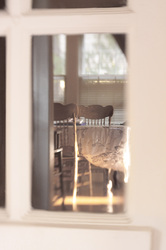
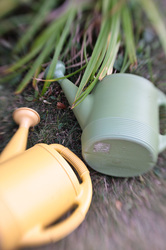



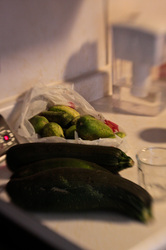
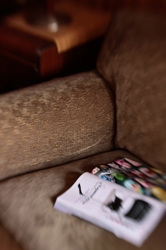
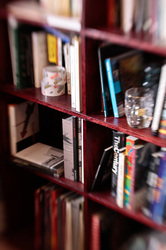

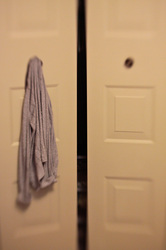
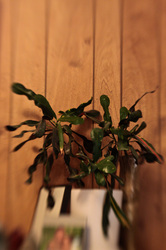
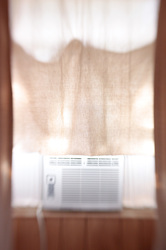
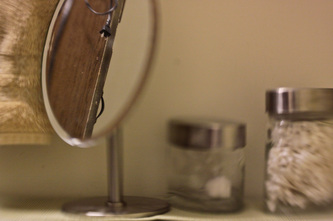

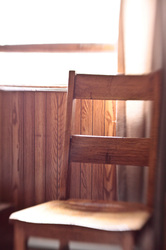

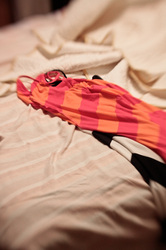
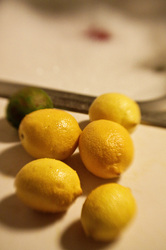

 RSS Feed
RSS Feed
